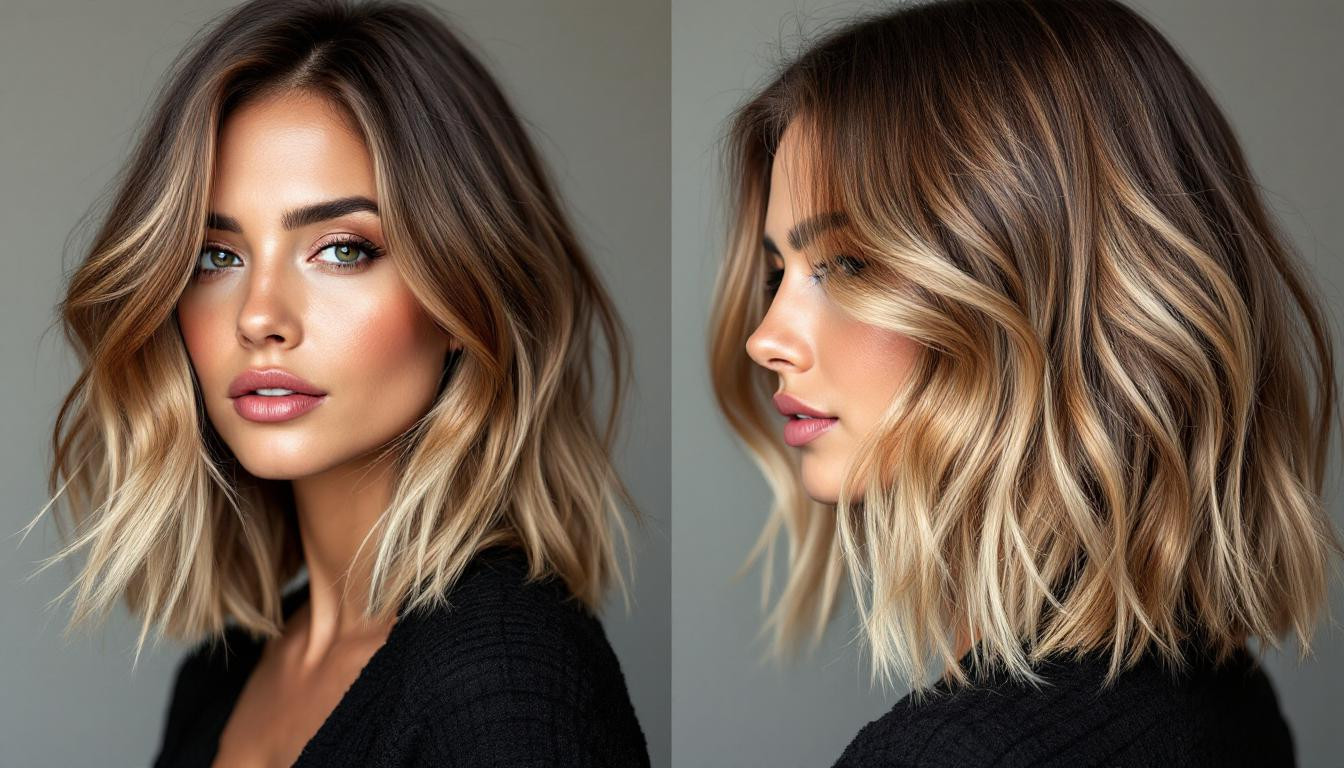Spring is blooming and so are the stylish possibilities for Muslim women seeking beautiful hairstyles that work with or without a hijab. As April 2025 unfolds, we’re seeing a delightful blend of modest yet fashion-forward hair trends that respect religious values while embracing personal expression.
The perfect spring bob: Elegant and hijab-friendly
The classic bob remains a timeless choice for Muslim women who wear hijabs. “A well-crafted bob provides the perfect balance of elegance and practicality,” explains Amina Hassan, a specialized stylist at Modest Beauty Salon in New York. “The low-graduation bob has become particularly popular this spring because it adds subtle volume without requiring daily styling.”
This style creates a comfortable fit under a hijab while framing the face beautifully when partially visible. Many women are finding that a layered cut can make fine hair look significantly fuller, which works wonderfully when the hijab is removed in private settings.
Braided styles celebrating spring renewal
As flowers bloom outside, braided styles are experiencing a renaissance within the Muslim community. Traditional South Asian floral tiered braids offer a beautiful way to honor the season while maintaining modesty.
“Braids are the perfect solution for hijab wearers,” notes Fatima Zaidi, hair expert and author. “They keep hair neat and protected under the hijab during the day, yet provide a beautiful styled option when at home or in women-only gatherings.”
For a modern touch, many women are adding delicate barrettes to their braids, providing minimal yet impactful embellishment that respects modest styling traditions.
The modest pixie cut: Practical and stylish
The pixie cut has emerged as a practical solution for Muslim women seeking to minimize bulk under their hijabs. This low-maintenance haircut provides comfort while requiring minimal styling effort – perfect for the busy spring schedule filled with Ramadan gatherings and family events.
Dr. Layla Ahmad, a dermatologist specializing in hair health, shares: “Many of my Muslim patients who switch to shorter cuts report less tension headaches and improved scalp health, especially during warmer months when wearing a hijab can create heat and moisture.”
Beyond the hijab: Styles for non-covered moments
For occasions when the hijab isn’t worn, such as women-only gatherings or at home, many Muslim women are embracing these trending styles:
- Long, voluminous waves that showcase the natural shine characteristic of Middle Eastern hair
- Modern lob interpretations that honor natural thickness and texture
- Elevated ponytails with pearl or gold accessories for spring celebrations
- Crown braids that provide cooling relief from increasing temperatures
Embracing natural beauty at every age
A beautiful trend emerging in 2025 is the celebration of natural gray hair among Muslim women over 50. Experimenting with age-appropriate hairstyles can dramatically transform appearance while honoring the wisdom that comes with maturity.
“In Islamic tradition, there’s great respect for aging naturally,” explains Jamila Kareem, a cultural consultant. “The trend of enhancing rather than hiding gray hair aligns perfectly with our values of embracing Allah’s creation.”
The soft undercurl: A modest statement
For those seeking subtle dimension, the soft undercurl hairstyle provides natural face-framing benefits that work beautifully with or without a hijab. This technique adds gentle movement while maintaining modest aesthetics.
Timeless elegance for special occasions
Muslim women are also embracing classic hairstyles with modern twists for Eid celebrations and spring weddings. These styles honor cultural heritage while incorporating contemporary elements – like nature-inspired accessories that celebrate spring’s renewal.
Whether you’re seeking hijab-friendly options or styles for private settings, Spring 2025 offers Muslim women a beautiful array of choices that honor both faith and personal expression. The key is finding what works with your lifestyle, face shape, and the season’s vibrant energy.
